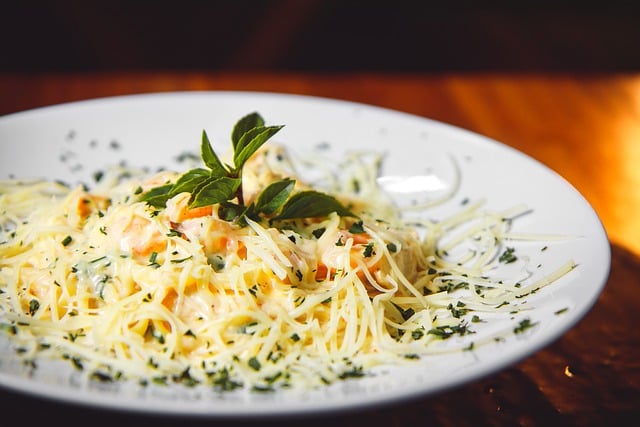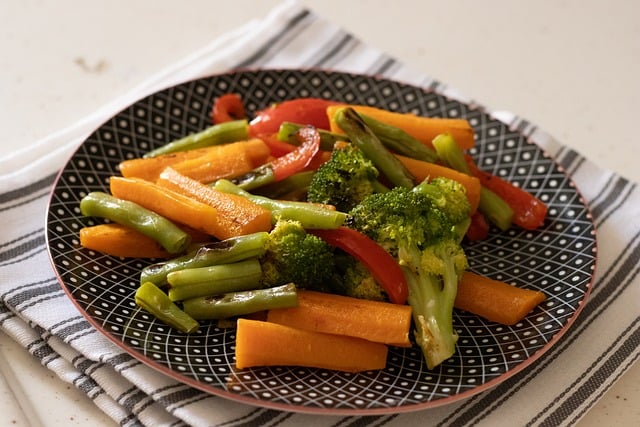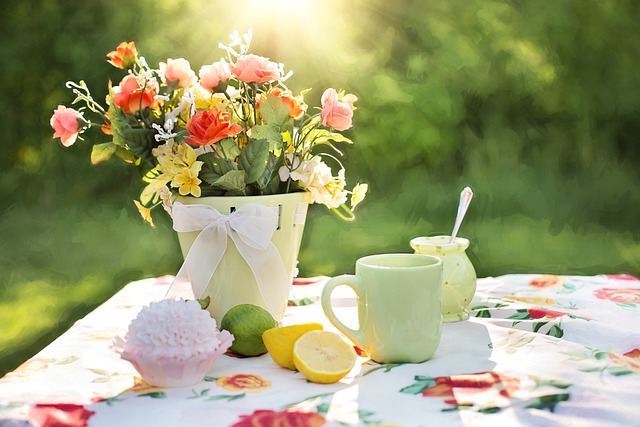You may appreciate tiny plants up close in dish gardens and try out different imaginative arrangements that resemble deserts and woodland floors. Create your own little tabletop settings by drawing inspiration from these dish garden ideas.

Cacti Dish Garden
With this idea, you may make your own little desert inside. A cactus dish garden. This little garden may transform any low-maintenance plants you currently have in your home into a visually striking focal point. Just be very cautious while putting this arrangement together, and when touching these plants—whose spines may pierce exposed fingers painfully—wear thick gardening gloves (like these Better Homes & Gardens River and Blue Cove Gardening Gloves, $13, Walmart).
Garden of Bonsai Dishes
This simple dish garden is anchored by a bonsai ficus tree, which gives height and draws the eye right away. Spike moss may be used to simulate grass around the ficus to improve the overall landscape appearance. A little sprinkling a few times a week can help the spike moss, but the ficus only requires water when the top inch of soil feels dry to the touch. You’ll need a broad dish with one or two inches of depth to accommodate a plant like this (something like this Better Homes & Gardens White Fischer Round Ceramic Planter, $15, Walmart).
Garden of Rosette Dishes
Botanists refer to plants with leaves growing from a single, central, relatively short stem as rosettes. This form is common in succulents, which may give their leaves the appearance of petals on a flower when seen from above. Here, the tighter rosettes of low-maintenance succulents like hens-and-chicks and echeveria contrast with the taller, pointed leaves of striped agave (top right) and a pink bromeliad in the middle.
Dish Garden in the Jungle
Plant a dish garden with fake aralia, vivid rex begonia, purple trailing inch plant, and zebra plant (Calathea sp.) to transform your coffee table into a little tropical jungle. The false aralia in this tabletop garden design grows to a minimum of six inches higher than the other plants in the container, giving the impression of a little jungle.

Succulent and Cactus Dish Garden
Cacti and succulents are excellent alternatives for dry dish gardens since they can live for weeks without water and come in a wide variety of smaller sizes. A few distinct cacti and succulents combined with a unique driftwood piece and a few rocks may help you create the illusion of a desert landscape. To finish the effect, add a thin layer of fine gravel and leave some space between them.
Dish Gardens for Houseplants
To create a fanciful dish garden collection, arrange your favorite tropical houseplants, such the elephant’s ear, umbrella plant, and pink polka dot plant, in their own ornamental bowls or mugs (like this Better Homes & Gardens Sorrento Orange Ceramic Planter with Handles, $35, Walmart). Select items that have a similar color scheme and design, such as the old Mexican ceramics utilized here, for a cohesive effect. After that, arrange them in a group to make a distinctive tropical garden.
Bright Tabletop Garden
This charming tabletop garden brings early spring. It creates a vibrant transient show by combining an elegant dwarf weeping willow tree with a variety of miniature spring-flowering bulbs and annuals. The willow may be moved into the garden and enjoyed all season long if the weather is warm enough outside.

Water Garden on a Tabletop
It’s easy to create this pond-like dish garden: just get a shallow container, purchase some water garden plants, and run the faucet. It’s a striking focal point for summertime events if you decide to bring it outside while it’s warm. Without a filtering system, you may need to empty it out and add new water around once a week to prevent it from becoming stagnant.
tiny moss garden
This dish garden’s collection of moss offers a tranquil, verdant backdrop. You may also use other items found on the forest floor, such as pine cones and leaves, to create contrasting textures, like a little fern and a piece of driftwood. Mosses don’t need a lot of soil to grow, therefore they do nicely in a shallow dish.
